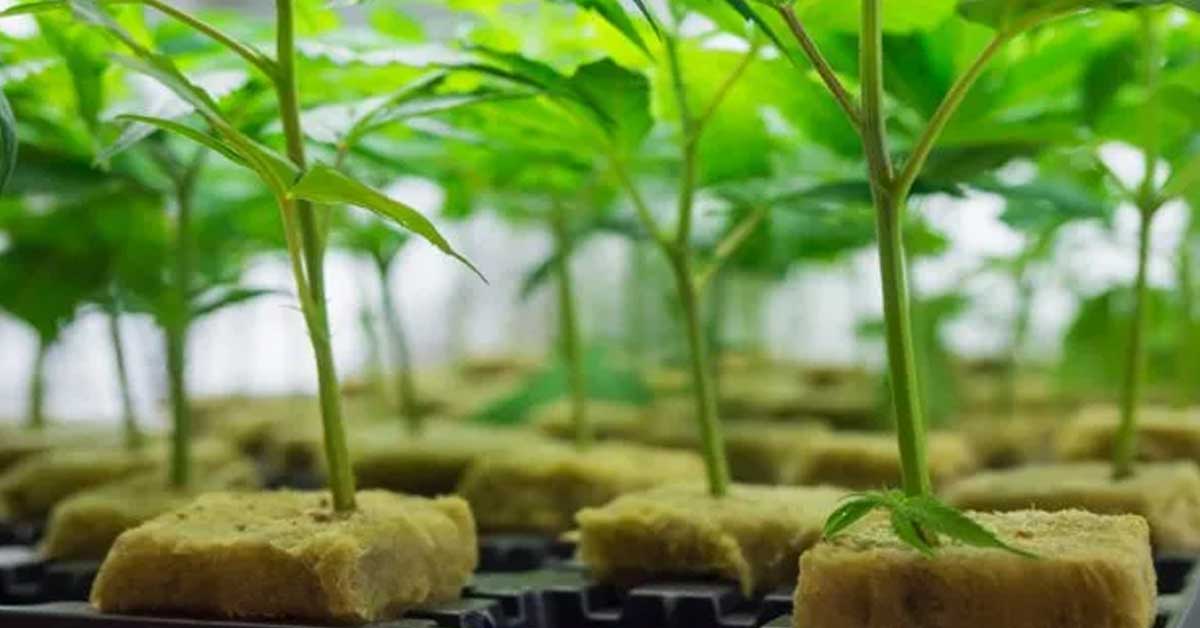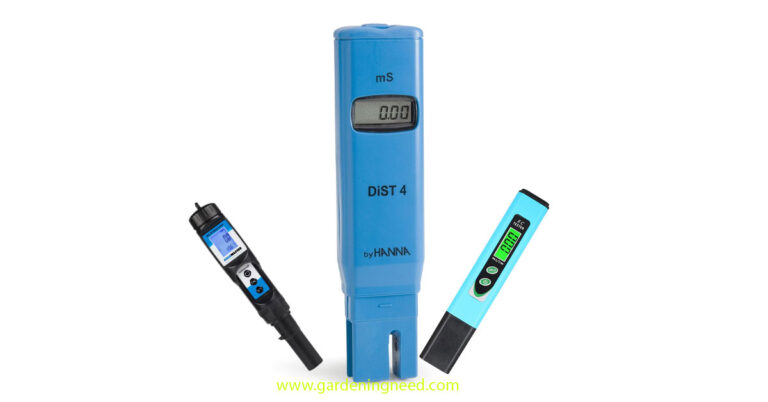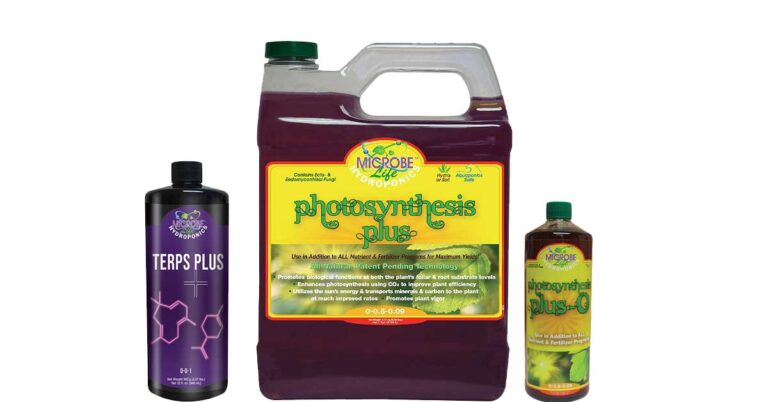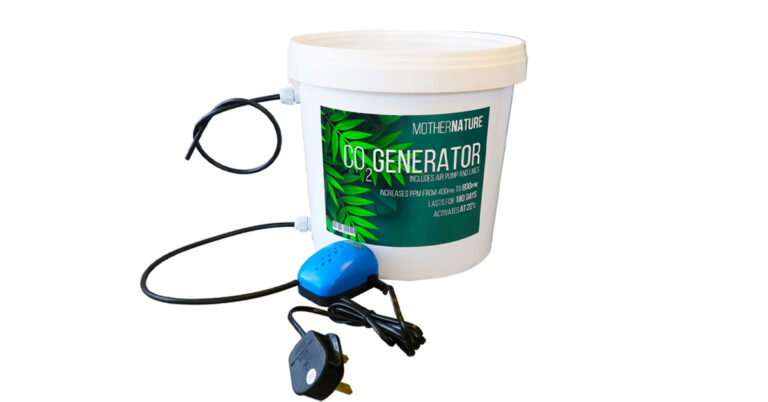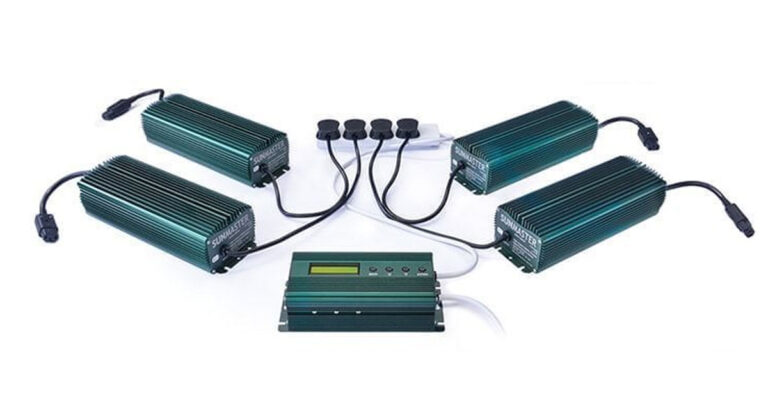What are Hydroponic Clones
Hydroponic clones are plants produced through a method known as cloning, which involves taking a cutting from a mother plant and allowing it to develop its own roots.
In a hydroponic system, this process is achieved in a water-based, nutrient-rich solution, devoid of soil. The result is a plant that is genetically identical to its parent.
Hydroponic cloning is an efficient method for growers to replicate high-performing plants with desirable traits such as disease resistance or high yields.
Why Should You Grow Them
Growing hydroponic clones presents numerous advantages for gardeners and commercial growers alike.
Firstly, it offers an expedited growth cycle as these clones tend to grow faster than plants germinated from seeds, thus enabling quicker harvests.
Moreover, it guarantees the genetic consistency of crops; every clone possesses the same traits as the mother plant, ensuring a predictable yield in terms of quality and quantity.
Lastly, it’s a cost-effective method for mass production, as you don’t need to purchase seeds for each plant you grow.
This method of cultivation also requires less space and resources, making it an environmentally friendly alternative to traditional farming methods.
Understanding the Hydroponic Growing System
A hydroponic system is a method of growing plants in a water-based, nutrient-rich solution. Instead of using soil, the root system is supported using an inert medium such as perlite, rockwool, clay pellets, peat moss, or vermiculite.
The basic premise behind hydroponics is to allow the plants’ roots to come in direct contact with the nutrient solution, while also having access to oxygen, which is essential for proper growth.
This system can be set up indoors or outdoors, and depending on the specific technique used, can accommodate a wide array of plant types and growth stages.
The key to its effectiveness lies in the controlled, optimized conditions, where variables like light, temperature, and nutrient levels can be carefully regulated, fostering the most efficient growth and yield possible.
Choosing the Right Set-Up for Your Hydroponic Clones
Selecting the ideal setup for your hydroponic clones primarily revolves around your specific needs, space availability, and budget.
Beginners may prefer a simpler setup like a Deep Water Culture (DWC) system which is relatively inexpensive and easy to maintain.
In a DWC system, plants are suspended in nutrient-rich water with air stones providing necessary oxygen to the roots.
For gardeners planning to scale up, an Ebb and Flow system or Nutrient Film Technique (NFT) could be more suitable.
These systems can accommodate a larger number of plants and offer greater control over nutrient and oxygen delivery.
However, they are more complex and may require a more significant investment.
Regardless of the chosen system, it’s crucial to maintain optimal conditions for your clones.
This includes regular monitoring and adjustment of nutrient concentrations, pH levels, and water temperatures, as well as ensuring adequate lighting and air circulation.
Remember, the key to successful hydroponic cultivation lies in maintaining a controlled environment where your clones can thrive.
Germinating and Encouraging Growth of Hydroponic Clones
The germination process for hydroponic clones is slightly different compared to traditional seed germination.
The first step involves selecting a healthy parent plant and taking a cutting from it. This should be a small branch with at least one node (where leaves, stems, or roots sprout), and is typically 5-10cm long.
Once the clone is prepared, it’s transferred into a rooting medium such as rockwool cubes, which should be soaked in pH-adjusted water beforehand.
The clone is then placed under a dome or cover to maintain high humidity levels, which aids in root development.
Temperature is another crucial factor – a constant warmth of about 22°C (72°F) is generally ideal for root initiation.
Nutrient solutions play a critical role in the successful growth of hydroponic clones. During the initial stages, clones require a light nutrient solution, with an increased concentration once roots start to develop.
Lighting is another vital component. Clones initially need less intense light, so a fluorescent or LED setup is often suitable in the early stages.
As the clone matures, the light intensity can be gradually increased.
Remember, careful monitoring of your clones is essential during this period. Regularly check for signs of root growth and ensure the growing environment remains at optimal conditions.
With proper care and attention, your hydroponic clones will soon mature into healthy, productive plants.
Troubleshooting Tips for Common Problems With Hydroponic Clones
Despite the many advantages of hydroponic cloning, like any other growing method, it isn’t devoid of potential problems.
However, with a little knowledge and preparation, you can tackle these issues effectively.
Wilting or Yellowing Leaves
If your hydroponic clones are showing signs of wilting or yellowing leaves, it could indicate a nutrient deficiency, overwatering, or a pH imbalance. It’s crucial to regularly monitor and adjust the nutrient solution’s pH and concentration. Also, make sure that your clones aren’t submerged in water all the time; they also need access to oxygen.
Root Rot
Root rot is a common issue in hydroponics, often caused by overwatering or a lack of oxygen to the roots. If you notice brown, slimy roots, it could be a sign of this disease. To prevent root rot, ensure that your growing system provides ample oxygen access to the roots, and don’t overdo the watering.
Slow Growth or Stunted Plants
If your clones aren’t developing at the expected rate, the cause could be inadequate lighting, temperature fluctuations, or incorrect nutrient concentrations. Make sure your clones are receiving the right type and magnitude of light, and that the growing environment maintains a steady, optimal temperature.
Pest Infestations
While hydroponic systems are generally less prone to pests than soil-based gardens, infestations can still occur. Regularly inspect your clones for signs of pests and act promptly with appropriate organic or chemical treatments if necessary.
Maximizing Yields With Careful Nutrient Management
In hydroponic systems, plants rely entirely on the nutrient solution for their growth and productivity. Thus, careful nutrient management is vital for maximizing yields.
Start with a balanced, high-quality hydroponic nutrient mix that contains all the essential micro and macronutrients.
The pH of the nutrient solution should also be regularly monitored and maintained between 5.5 and 6.5, as this range allows optimal nutrient absorption.
Adjustments in nutrient concentration may be required as plants progress through different growth stages.
For instance, during the vegetative stage, plants typically require higher levels of nitrogen, while during the flowering stage, increased phosphorus and potassium levels are necessary.
Water quality also plays a significant role in nutrient management. Water with high levels of salts or minerals can interfere with nutrient absorption and potentially harm plants.
It is recommended to use filtered or distilled water in hydroponic systems to avoid such issues.
Regularly flushing the system can also assist in maintaining optimal nutrient levels by removing any excess salts or nutrients that might have accumulated over time.
This practice also helps in preventing issues such as nutrient lockout and root diseases.
In summary, careful nutrient management in a hydroponic system involves selecting quality nutrient mixes, monitoring and adjusting pH levels, understanding the nutrient requirements of different growth stages, ensuring good water quality, and regularly flushing the system.
By adhering to these practices, hydroponic gardeners can optimize their plant health and productivity, thus maximizing yields.
Conclusion
In conclusion, hydroponic cloning offers a sustainable and efficient method for plant reproduction, fostering faster growth rates and higher productivity levels than traditional soil-based cultivation.
Key to success are the careful selection of a healthy parent plant, maintenance of optimal environmental conditions, effective nutrient management, and constant vigilance to catch and treat any potential problems early.
Despite some challenges, such as the potential for root rot, wilting or yellowing leaves, slow growth, and pest infestations, these can be effectively managed with appropriate knowledge and preparation.
Ultimately, hydroponic cloning can yield tremendous outcomes when conducted with due diligence and care.
By adhering to the best practices outlined in this guide, you are well on your way to developing a thriving, productive hydroponic garden.

